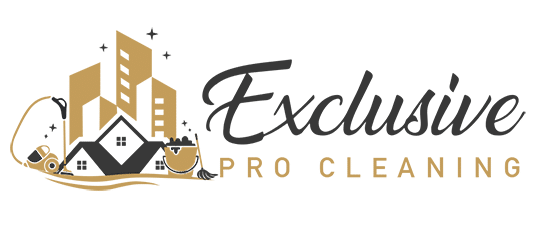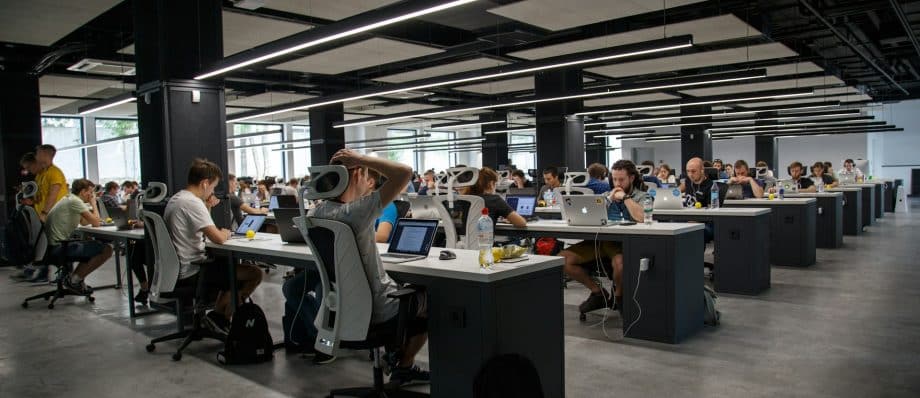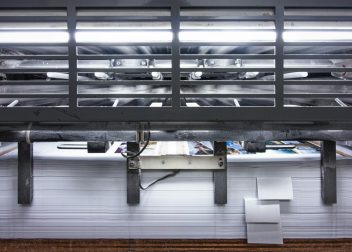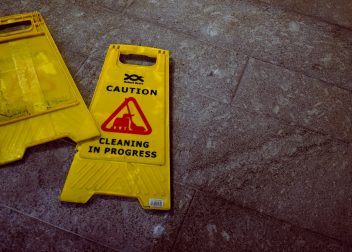Maximising Productivity Through Clean Workspaces: The Link Between Cleanliness and Employee Performance
In the modern workplace, productivity is a key metric for success. Employers invest in various strategies to enhance productivity, from employee training to technology upgrades. However, one often overlooked factor that significantly influences productivity is the cleanliness of the workspace. Research has shown a strong correlation between clean work environments and employee performance. In this article, we explore the importance of cleanliness in maximising productivity and how businesses can leverage this connection to foster a more efficient and conducive work environment.
The Impact of Cleanliness on Employee Performance
A clean workspace is more than just visually appealing; it can have a profound effect on employee morale, health, and productivity. Cluttered desks, dusty surfaces, and unkempt common areas not only create physical barriers to productivity but also contribute to mental distractions and stress. Conversely, a clean and organised environment promotes a sense of calm and focus, enabling employees to work more efficiently and effectively.
Numerous studies have highlighted the positive effects of cleanliness on employee performance. For example, a study published in the Journal of Occupational and Environmental Medicine found that employees working in clean and well-maintained offices reported higher levels of job satisfaction and lower stress levels compared to those in cluttered or dirty environments. Similarly, research conducted by the University of Michigan found that clean workspaces were associated with higher levels of productivity and creativity among employees.
Furthermore, cleanliness directly impacts employee health and well-being. Dust, allergens, and germs that accumulate in dirty environments can lead to respiratory problems, allergies, and increased absenteeism. By maintaining a clean workplace, employers can create a healthier environment that reduces the risk of illness and promotes employee attendance and engagement.
Strategies for Maintaining a Clean Workspace
Creating and maintaining a clean workspace requires a combination of proactive measures and ongoing efforts. Employers can implement the following strategies to maximise cleanliness and optimise employee performance:
- Regular Cleaning Schedule: Establish a comprehensive cleaning schedule that includes daily tasks such as wiping down surfaces, vacuuming floors, and emptying trash bins, as well as periodic deep-cleaning activities such as carpet shampooing and window washing. Consistency is key to preventing the buildup of dirt and grime and maintaining a clean environment.
- Clear Clutter: Encourage employees to declutter their workstations regularly by removing unnecessary items and organising essential materials. Provide adequate storage solutions such as filing cabinets, shelves, and desk organisers to help employees keep their workspace neat and tidy.
- Promote Personal Hygiene: Emphasise the importance of personal hygiene practices such as handwashing, sanitissing workstations, and covering coughs and sneezes to prevent the spread of germs. Provide hand sanitiser stations and disinfectant wipes throughout the office for easy access.
- Invest in Professional Cleaning Services: Consider outsourcing cleaning tasks to professional janitorial services that have the expertise and resources to maintain a high level of cleanliness. Professional cleaners can ensure thorough sanitation of all areas, including hard-to-reach spaces and high-touch surfaces.
- Implement Green Cleaning Practices: Choose environmentally friendly cleaning products that are free from harsh chemicals and toxins. Green cleaning products are safer for both employees and the environment and can help create a healthier workplace overall.
The Role of Leadership and Culture
Creating a culture of cleanliness requires buy-in from leadership and a commitment to prioritising cleanliness as a core value of the organisation. Leaders should lead by example by maintaining their own workspaces and adhering to cleanliness guidelines. Additionally, fostering open communication and soliciting feedback from employees can help identify areas for improvement and address any concerns or challenges related to cleanliness.
Moreover, recognising and rewarding employees who contribute to maintaining a clean work environment can reinforce positive behaviors and promote a culture of cleanliness. Whether through formal recognition programs or informal gestures of appreciation, acknowledging the efforts of employees can motivate others to take pride in their workspace and contribute to overall cleanliness.
The Bottom Line: Cleanliness Drives Productivity
In conclusion, the cleanliness of the workspace plays a significant role in maximising employee productivity and performance. A clean and well-maintained environment not only enhances employee morale and satisfaction but also promotes better health and well-being. By investing in cleanliness and implementing proactive strategies to maintain a clean workspace, businesses can create a more conducive work environment that fosters creativity, collaboration, and success.
Ultimately, cleanliness should be viewed not just as a superficial aspect of the workplace but as a fundamental driver of productivity and organisational success. By recognising the link between cleanliness and employee performance and prioritising cleanliness as a core value, businesses can unlock the full potential of their workforce and achieve greater levels of success in today’s competitive marketplace.
Article Sponsored by:

Website: https://www.exclusiveprocleaning.co.uk
Email: admin@exclusiveprocleaning.co.uk
Telephone: 0161 222 0076



